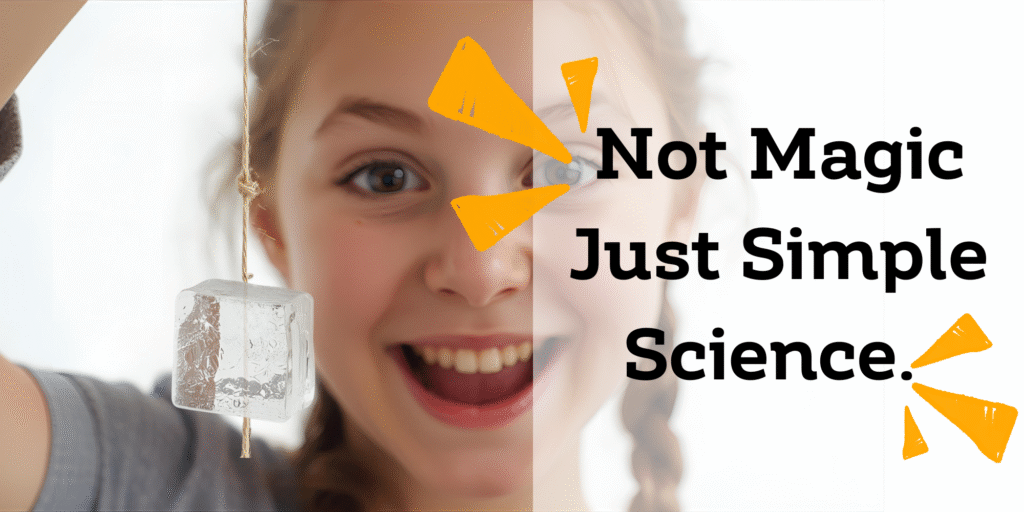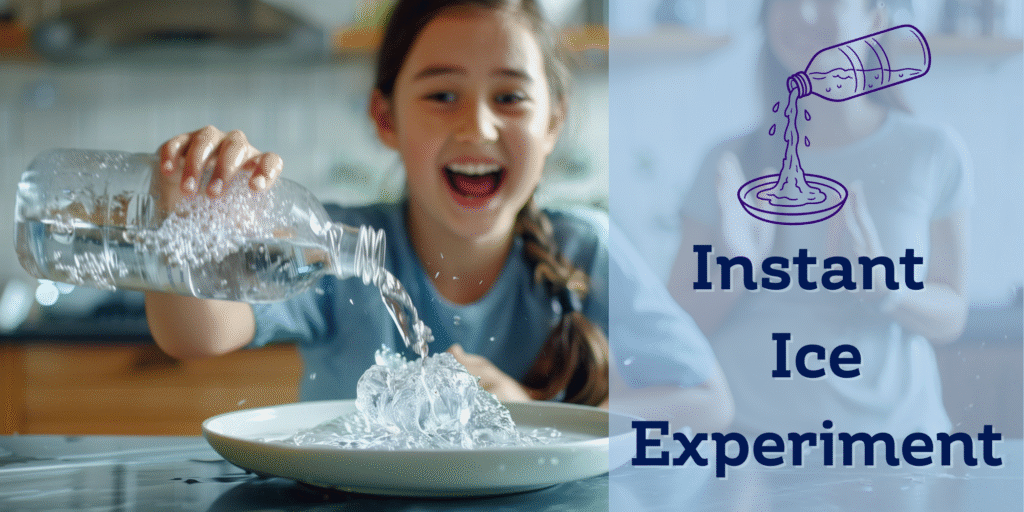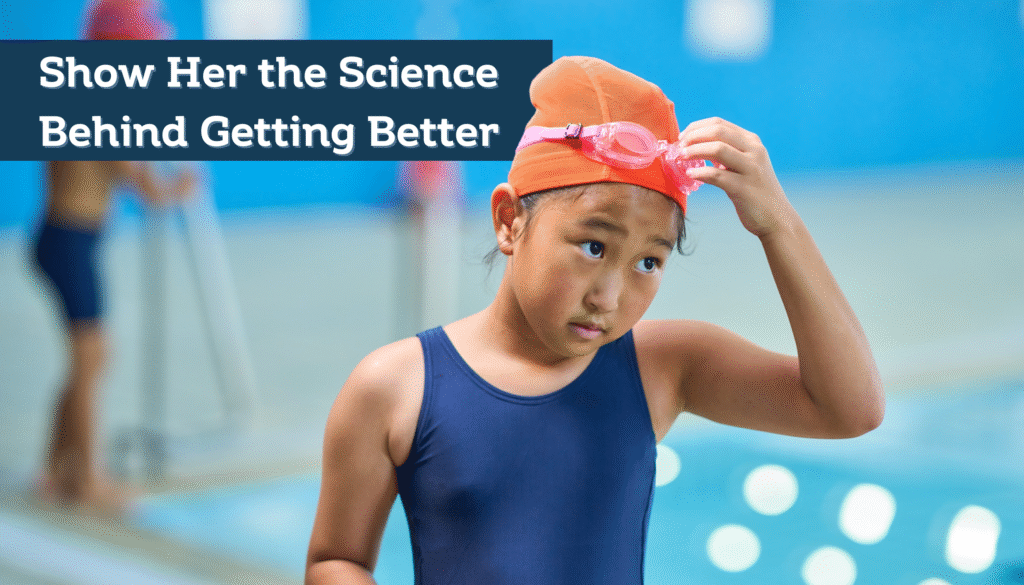Looking for a super simple science experiment to break up winter boredom? This salt and ice experiment for kids is quick, fun, and a little bit sneaky – because it looks like a game, but it secretly teaches real science.
Set up an “Ice Melting Race”, ask your kids to guess which ice cube will melt first, and watch their faces when they see how fast the winning cube disappears. It’s messy in the best way, and perfect for a rainy afternoon or winter break.
What You Need
- 3 identical ice cubes
- 3 small plates or bowls
- Salt
- Sugar
- A timer or watch
How to Do the Salt and Ice Experiment (Step-by-Step)
- Place one ice cube on each plate or in each small bowl.
- Sprinkle a small spoonful of salt on the first ice cube.
- Sprinkle the same amount of sugar on the second ice cube.
- Leave the third ice cube completely plain. This is your control.
- Start your timer and begin the Ice Melting Race!
- Check every few minutes to see which ice cube melts the fastest.
Before you start, ask: “Which one do you think will melt first – salt, sugar, or nothing?” Get everyone to make a prediction like real scientists.
Quick clip of our Ice Melting Race in action!
What’s Happening? (The Science Bit)
Salt wins the melting race! When salt lands on the ice, it dissolves into the thin layer of liquid water on the surface. This lowers the freezing point, so the ice melts even though the temperature is below 0°C.
Sugar can lower the freezing point too, but not as powerfully as salt. That’s why the sugar cube melts slower, and the plain cube is slowest of all.
This is also why we spread salt on icy roads in winter — it helps melt the ice even when it’s cold.
Try These Extra Challenges
- Try rock salt vs. table salt.
- Run the race in a warm room vs. a cold room.
- Test what happens if you add lots of salt vs. a tiny sprinkle.
- Swap sugar for baking soda and compare results.
More Easy Science Experiments for Kids
If your child loved this salt and ice experiment, try these next:
- Instant Ice Experiment for Kids – Supercooling Winter STEM Activity
- Make a Cloud in a Jar – Mini Weather Lab
- 5 Super Simple STEM Experiments the Whole Family Will Love
- Free 20-Page Winter STEM Lab Activity Book
Frequently Asked Questions
What does salt do to ice in this experiment?
Salt lowers the freezing point of water, making the ice melt faster than normal.
Can I use normal table salt?
Yes! Table salt works perfectly. You can also try sea salt or rock salt to compare which melts faster.
Is this a good, easy science experiment for kids?
Absolutely—it’s quick, visual, and uses everyday materials. Perfect for ages 5–12.
How long does the experiment take?
Usually around 10–20 minutes. Bigger ice cubes take longer.
Can I use sugar instead of salt?
Yes, but sugar melts ice more slowly because it doesn’t lower the freezing point as much.
Want More Fun Winter Science?
This Instant Ice experiment is just one of the hands-on activities inside the free 20-page Winter STEM Lab — packed with puzzles, trivia, and more winter science your daughter will love.
Send Me the Free Winter STEM Lab →
More Easy Winter Science Experiments for Kids

Instant Ice Experiment for Kids
Watch water freeze instantly in this jaw-dropping winter science experiment for kids. A fun way to explore supercooling and states of matter.

Ice Cube & String Winter Science Experiment
A sneaky winter STEM trick where kids lift an ice cube using just a string and salt. Simple, surprising, and perfect for curious minds.
Frequently Asked Questions
What does salt do to ice in this experiment?
Salt lowers the freezing point of water. When it lands on the ice cube, the ice melts faster because it’s now harder for the water to stay frozen.
Can I use normal table salt?
Yes! Table salt works perfectly. You can also try rock salt or sea salt and compare their melting speeds.
Is this a good easy science experiment for kids?
Definitely. The salt and ice experiment is quick, visual, and uses everyday materials – perfect for kids aged 5–12.
How long does it take?
Usually between 10 and 20 minutes, depending on the size of the ice cubes and the room temperature.
Can I use sugar instead of salt?
Yes – but sugar isn’t as strong at lowering freezing point, so the sugar cube usually melts slower.
Where can I find more easy science experiments?
Try these:







